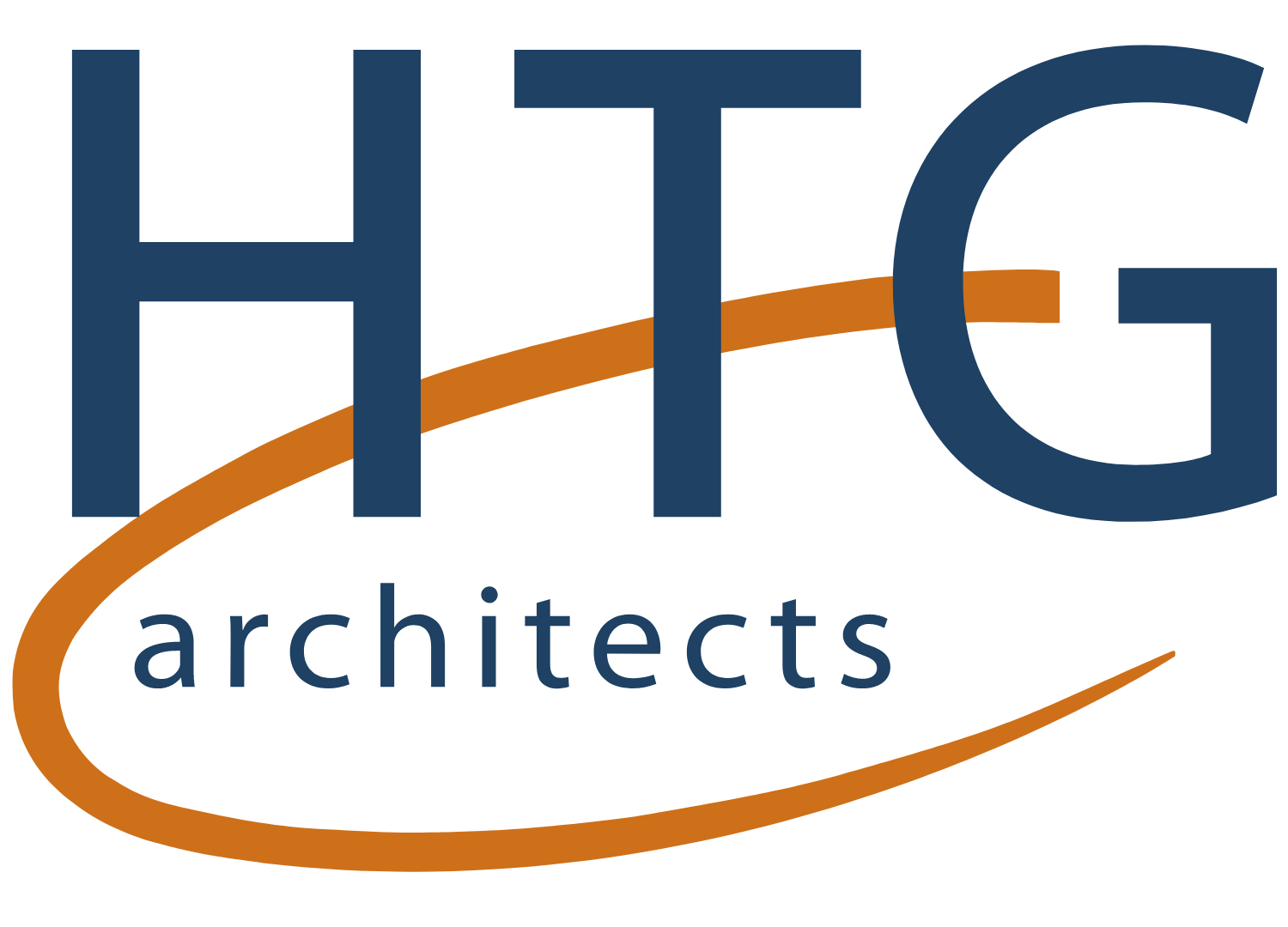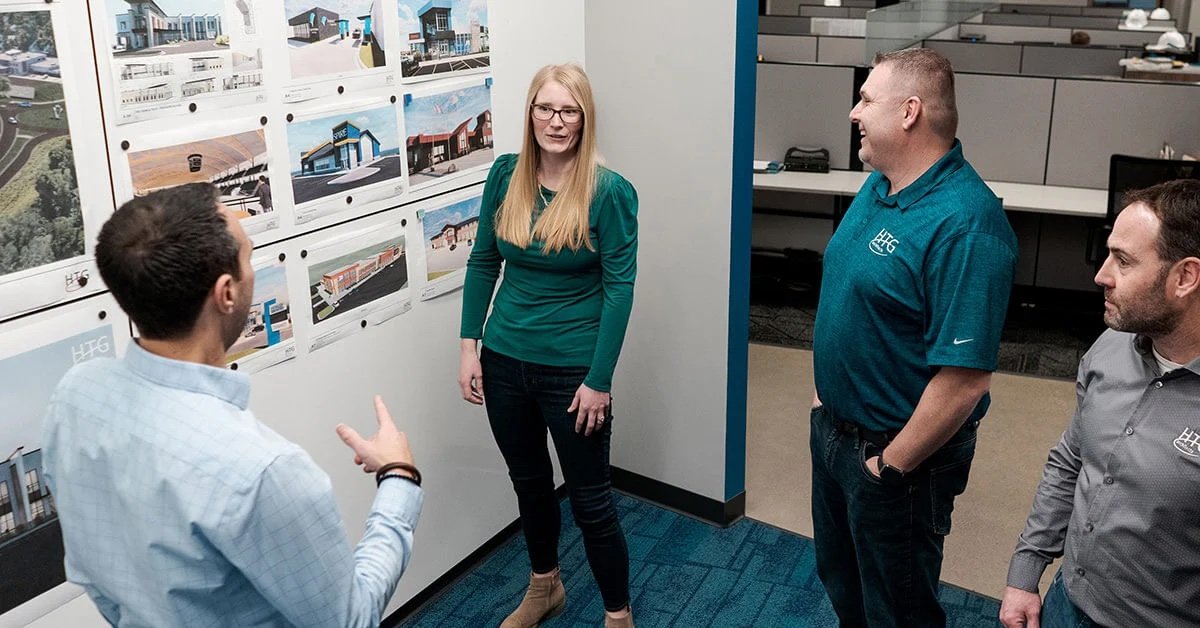Shopping for an Architecture Firm? Watch for These Red Flags
An architect isn’t just responsible for creating a functional and aesthetically pleasing design; but also for ensuring that the project is feasible within a specified budget and timeframe and developed according to state and local code requirements. Unfortunately, not all architects are created equal and making the wrong choice can result in costly delays, subpar work, and, in extreme cases, even legal disputes.
That’s why choosing the right architect is a crucial step in ensuring the success of your building project. Use the following red flags when vetting architects to avoid headaches and issues down the road.
They Haven’t Worked in Your Industry
While a general architect may have a broad range of experience, a specialized architect provides more value by having a deep, concentrated knowledge of your industry.
Without industry-specific expertise, architects risk overlooking critical features, systems and best practices that could make or break your entire project. Someone who knows your trade will ask the right questions, understand the intricacies of how you operate and offer solutions to the things that keep you up at night.
Their Communication Is Slow or Lacks Detail
Poor communication can lead to numerous problems and delays throughout the building project. Slow communication and a lack of detail can cause misunderstandings, miscommunications and confusion, leading to design errors, missed deadlines and increased costs. It can also indicate a lack of commitment to customer satisfaction and attention to detail.
A reputable and experienced architecture firm will prioritize communication and ensure that clients are informed and involved in every step of the process. Choosing an architectural firm that values communication and prioritizes providing timely and detailed information to its clients is essential to ensure a successful outcome.
They Don’t Take Notes or Incorporate Your Vision Into Conversations
We've heard stories of other firms pitching cookie-cutter concepts that fail to incorporate clients' needs, wants and aspirations. While that may result in a faster timeline and lower budget upfront, it often causes problems down the road due to mistakes or missed opportunities.
When selecting an architect, be sure to seek out a partnership fueled by relationships. A worthwhile firm should be able to navigate the design and construction process, get the right systems in place and provide practical design solutions to connect your vision with the design of a unique and functional building.
By nature, architecture is a collaborative project. If a firm or team isn't actively trying to understand your ideas, they waste your time and money. Ideally, they'll provide the right level of support while keeping you in the driver's seat of the design process.
They Use Outdated Software
Design software must be compatible with current technology and equipment to handle the complexity of the latest building systems and construction methods. Without the latest software, firms place themselves at higher risk of human error, resulting in, resulting in legal disputes, project delays and increased costs.
With design technology transitioning to digital formats and cloud-based programs, technology in the architecture and engineering industry is evolving faster than ever. AutoCAD or 2-dimensional software is now limited compared to the upgraded capabilities of the latest programs, like BIM (building information modeling) software.
BIM software helps architects anticipate conflicts with building systems by creating 3D models before they get to the construction stage. They also allow clients to see their facility's appearance before committing to a final design or layout.
No software is perfect, and nothing out there alleviates the challenges of anticipating real-world job site conditions. However, architects using BIM software certainly have the edge over those employing older 2D drafting software.
Their Cost Estimate Is Extremely Low
An extremely low cost estimate from an architectural firm can be a red flag because it may indicate they're cutting corners, using inferior materials or lacking the experience to estimate project costs accurately.
Bidding too low is also a tactic less reputable firms use to secure the project, only to increase costs later with change orders or substandard work. In such cases, it's essential to understand that a building project is a significant investment, and choosing a firm based solely on cost can lead to long-term financial and legal issues.
Choose an architect that offers transparent and reasonable pricing and explains how they arrived at their estimate. A reputable and experienced architectural firm will thoroughly understand project costs and provide a competitive estimate based on the project's scope, ensuring you understand the overall investment.
They Have No Testimonials (or a String of Bad Ones)
Testimonials and customer satisfaction ratings are critical indicators of a firm's service and work quality. They reflect the experiences of previous clients and can help potential clients determine whether the architectural firm is reputable and experienced in delivering successful projects.
A lack of testimonials or bad ones can indicate a lack of experience, poor quality of work or inadequate customer service, all of which can lead to significant problems and delays in the building process.
It's essential to thoroughly research an architectural firm's reputation and history of customer satisfaction before deciding to work with them. A reputable and experienced architecture firm will have positive reviews and a proven track record of delivering successful projects to its clients.
They Don’t Bring Anything to the Table
An architect's job is to listen, educate and create a plan that ensures your building provides everything you need (and everything you didn't know you needed). If they simply ask, "what do you need?" without bringing anything to the table, they are likely unprepared to do their job.
So what should they be bringing to the table? Well, to put it in the context of the previous red flags, a reputable firm will:
Have previous experience in your industry
Provide clear, consistent communication
Actively work to understand and incorporate your vision
Use the latest software to create accurate models
Provide transparent and realistic cost projections
Have a history of excellence and the reviews to prove it
The reason to hire a firm is to have a partner who guides you through the entire process, from pre-planning to the ribbon-cutting ceremony. Finding an architect who checks all those boxes will instill confidence in you, your organization and your stakeholders.
HTG Architects: A Trusted Architectural Partner
If you’re looking to start a new building project but don’t know where to begin, we’re here to help. HTG Architects is a leading architectural firm in Minnesota and the Upper Midwest with hundreds of successful projects under our belt. We specialize in financial, recreational and commercial projects and have the experts to guide you through every step of the process.
Our initial consulting program, InVision, will help you uncover your true goals while ensuring every detail is accounted for. Get the confidence you need to create a successful project that your organization and community will be proud of. We’ll show you how partnerships extend beyond buildings.



